What would happen if you could design your living environment in such a way that it made you healthier? For Data and Knowledge Hub Healthy Urban Living (DKH GSL), this is a question that the collaborative platform considers on a daily basis. From Utrecht, Heart of Health, DKH GSL aims to have a positive effect on the well-being of urban residents now and in the future through research and collaboration.
What is a healthy neighborhood? Do more greenery and fewer cars in a neighborhood automatically mean healthier residents? The knowledge institutions, governments, businesses and residents behind DKH GSL are trying to answer these kinds of questions by learning together. The result? Tools for designing healthier living environments based on data and research.
“If you want to create a healthy living environment, you can try all kinds of things, such as creating more greenery or redesigning the bike path,” says scientific manager Hanneke Posthumus. “We do that based on scientific evidence and reliable data. We call that ‘evidence-based’. We check whether actions or choices are effective and well supported by facts or research. In short, we look at what works to improve the health of people in urban areas.”
Blue Zones
And that’s happening, for example, in the new Cartesius urban district where health is at the forefront of development. In the car-free district that is being built on a former railway shunting yard, it is all about healthy and happy living. Inspiration is the scientific theory of Blue Zones: areas of the world where people demonstrably live healthier and happier lives for longer. The lessons that science has drawn from this are being applied by the developers in Cartesius.
Living lab
“For example, the neighborhood is a so-called ‘living lab.’ Innovations are being tested that have an impact on everyday life. We see whether the innovative solutions work and closely monitor the results. The knowledge we gain can be applied in other cities,” Hanneke explains. Examples include buildings with façade green and white roofs to combat heat stress or public spaces designed to encourage social interaction and movement, such as a walking loop and vegetable garden. “There are also shared living rooms in the buildings so residents can do activities together.”
Sharing knowledge
The collaboration taking place at Cartesius suits DKH GSL. The independent knowledge platform wants nothing more than to develop, share and apply knowledge around a healthy urban living environment. “Knowledge is available, but too little exchange takes place. That is a shame. There is no need to reinvent the wheel every time.” As a link between science and practice, Hanneke drives cooperation between public and private organizations, such as governments, knowledge institutions and companies.
National platform
The idea behind the hub is to structurally change how we live and work. “The things we learn now, we can take with us for later moments. It is a continuous learning process. Not only in Cartesius, but also in other areas in Utrecht and in the Netherlands.” Because if it is up to DKH GSL, the organization will be a national platform in a few years. “Our focus is now on the Utrecht region, but in the future we will be the platform for anyone who has a question about healthy urban living. We will then be a logical starting point to get well-founded information on how to design the living environment as healthy as possible for residents.”







